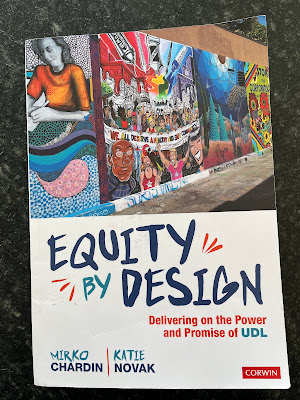Listening Instruction Matters!
Regardless of grade level or content specialty, educators rely on students’ ability to listen; we observe students who seem to do it consistently well, as well as students who don’t. But while we observe a range of listening comprehension behaviors, how do we explicitly teach the skills needed to develop these behaviors? How do we instructionally respond to the range of listening proficiency? Additionally, can improving students’ listening skills address the current knowledge gap crisis and alarming concerns about student engagement?
Enter the work of former award-winning educational reporter Monica Brady-Myerov, the Founder/CEO of the new website Listenwise, and author of Listen Wise: Teach Students To Be Better Listeners (April 2021, Jossey-Bass, ISBN 978-1119755494). It was Brady-Myerov’s experiences of parenting a struggling reader that spurred her inquiry into listening and its role in the learner experience. Her website and well-researched text dig into key research on learning theory and listening/reading/language development, define levels of listening and the types of listening comprehension, and suggest targeted listening skills instruction that grow content knowledge/understanding, empathy, and student engagement.
Initially Brady-Myerov thought about how many children who struggle with reading, such as her own, can successfully listen at a higher level. This led her to the work of neuroscientists, who characterize listening as an immersive experience, where the brain actively simulates what it’s like to be in that scenario. Incorporating high quality audio excerpts that align with what children are learning in the classroom actually build empathy and provide powerful sensory experiences. A quick “sound bite” from an actual scientist’s lab, for example, can deeply enrich a concept you are teaching in the classroom. “That's what makes listening so powerful in learning.”
Brady-Myerov observed that teachers needed more understanding themselves, as well as resources, to move students from solely passive to more purposeful, active listeners. “With the internet pulling students in countless directions and shortening attention spans, kids need to practice listening now more than ever,” she says. Perhaps more importantly,
For more information, check out the resources below!
Here and Now podcast/WBUR review Brady-Myerov’s book
Sneak peek of the book - “How to teach Listening/chapter three”
levels of of listening - Listenwise blog
Eight listening comprehension skills - Listenwise blog
Literacy coach’s toolkit - here! (Don’t need to be a coach to check this out!!)
Diversity, inclusion, equity - Listenwise blog
Podcasts and SEL - webinar


Comments
Post a Comment